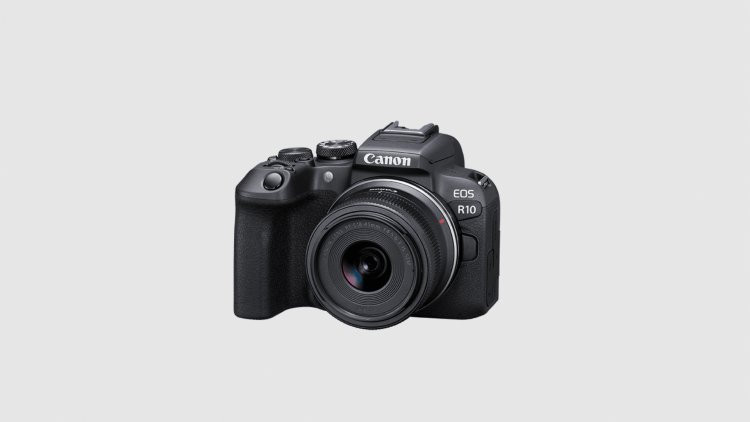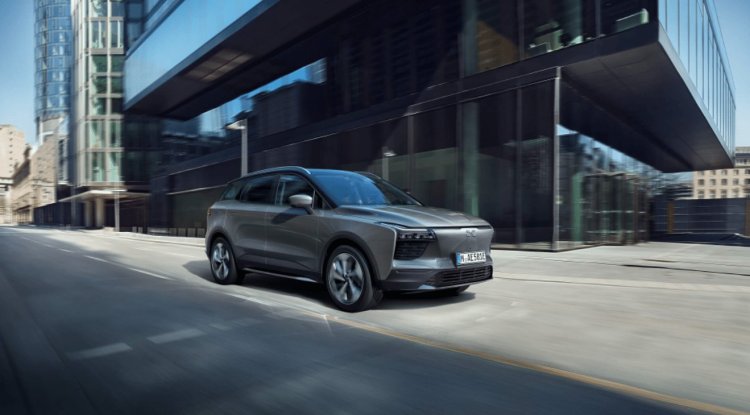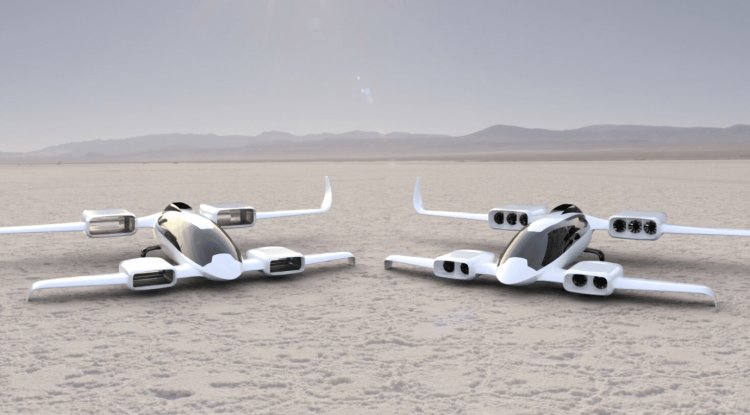Canon with APS-C DSLM: EOS R7 and EOS R10

Canon is entering the market for mirrorless cameras with APS-C sensors, specifically to compete with Sony. The EOS R7 and EOS R10, as well as two new kit lenses, are now available.
Canon has unveiled the EOS R7 and EOS R10 mirrorless APS-C cameras. There are also car-specific lenses available. Canon's first mirrorless camera range uses an APS-C sensor and a 1.6x crop ratio to full-frame.
Sony is the most formidable contender in this market. The RF-S 18-45 mm F4.5-6.3 IS STM and RF-S 18-150 mm F3.5-6.3 IS STM is the first lenses in the lineup. More are on the way.
Furthermore, lenses from the EF and EF-S series can be used on R cameras - albeit with restrictions and adapters; at EF-M, however, the future remains uncertain.
The EOS R7 and EOS R10 are basically quite similar, with only minor variations in the body. The first thing to notice is the sensor: the EOS R7 has 32.5 megapixels, whereas the EOS R10 only has 24.2 megapixels.
This distinction also establishes the tone for both models: the EOS R7 produces 30 frames per second with an electronic shutter, while the EOS R10 produces 23 frames.
Both variants shoot at 15 frames per second using a mechanical shutter. The R7 closes at 1/8000, whereas the R10 closes at 1/16000. Both have the Dual Pixel CMOS AF II, with the EOS R7 adding the AF Multi-Controller and Control Wheel for easier and more precise operation in the field. It should also attract customers from the DSLR market, particularly the EOS 7D.
If you want to produce videos with the camera and have particular requirements, the EOS R7 is a more well-rounded solution. Both can shoot 4K UHD at 60 frames per second with theoretically infinite clip durations; the R7 features a crop mode, Canon Log 3, cinema gamut, and a headphone jack in addition to the IS's more sophisticated image stabilizer with IBIS.

There are also two UHS-II card slots. Both cameras include a fully functional hot shoe, which mics can use to communicate without the requirement of a cable braid.
The cameras are identical, but they are kept apart in the portfolio, which is also reflected in the weight: The R7 weighs 612 grams, which is slightly heavier than the R10, which weighs 429 grams.
Both are relatively light in comparison. Not only does the absence of a mirror save weight, but so does the absence of an integrated flash.
Canon is also launching two new RF-S lenses to complement the existing RF-S lineup with the two cameras. As previously stated, the cameras can employ 26 RF lenses for full format alone, as well as EF(-S) lenses for DLSR cameras.
However, this does not apply to the RF-S lenses, which are not DSLR or EOS-M compatible and create a 1.6x crop on full-frame DSLM. Canon has classified the two new lenses to be kit lenses, which means they will also (and most likely primarily) be sold in conjunction with the body.
There's the RF-S 18-45 mm F4.5-6.3 IS STM (29-72 mm), which Canon describes as multi-purpose for everyday photography and, due to its small size, shouldn't be a bother when traveling.
Meanwhile, the RF-S 18-150mm F3.5-6.3 IS STM (29-240mm) covers a significantly broader range and would rarely need to be changed while remaining compact given the range.
Plastics, as with the EF-S versions, dominate the picture, including on the bayonet. Plastics aid in cost and weight; the 18-45 weighs only 124 grams, whereas the 18-150 weighs up to 305 grams. There is a filter holder with a 49 or 55-millimeter diameter, but no seal and no sun visor. They both have a zoom and a focus ring.
The pricing remains the same: the R7 costs 1,499 dollars and the 18-150 millimeter package costs 1,889 dollars. The R10 costs 979 dollars and comes as a kit with the 18-55 for 1,099 dollars and the 18-150 for 1,369 dollars.
Individually, the 18-45 millimeters cost 349 dollars, while the 18-150 millimeters cost 569 dollars. The package includes a battery, a charger, a strap, and a lens for the kit.





























